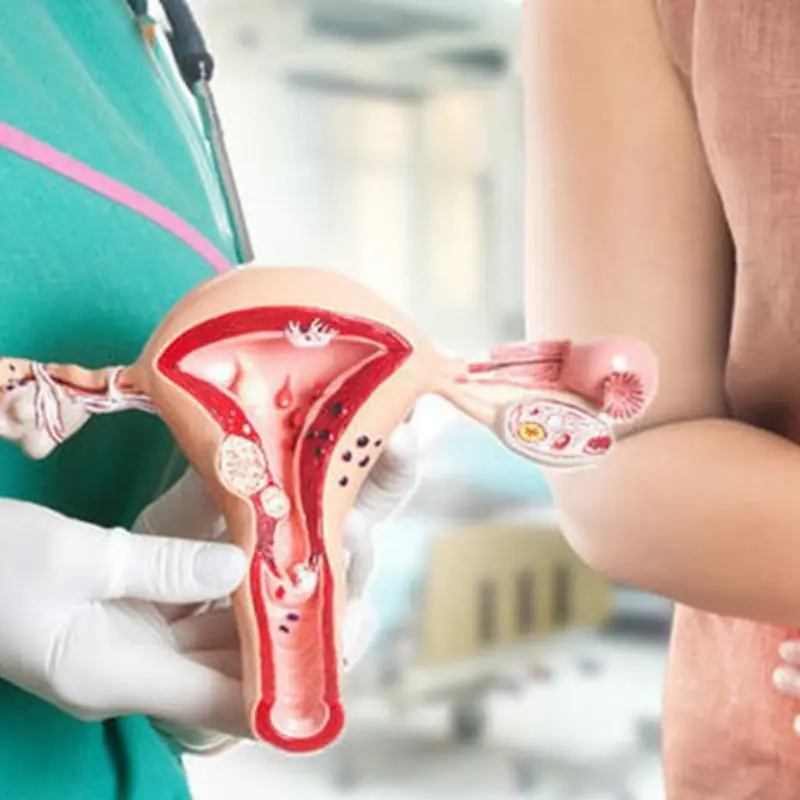
Are You Chewing Shrimp Shells for Calcium? The Truth May Surprise You
Are You Chewing Shrimp Shells for Calcium? The Truth May Surprise You
Shrimp is widely consumed around the world and often praised for its high protein content, low fat, and abundance of nutrients. Some people even go a step further—eating shrimp shells in the belief that they are a rich source of calcium, similar to bones or dairy products. However, while this belief is common, it is not entirely accurate. In fact, chewing shrimp shells for calcium may not be as beneficial as many assume and could even pose certain health concerns.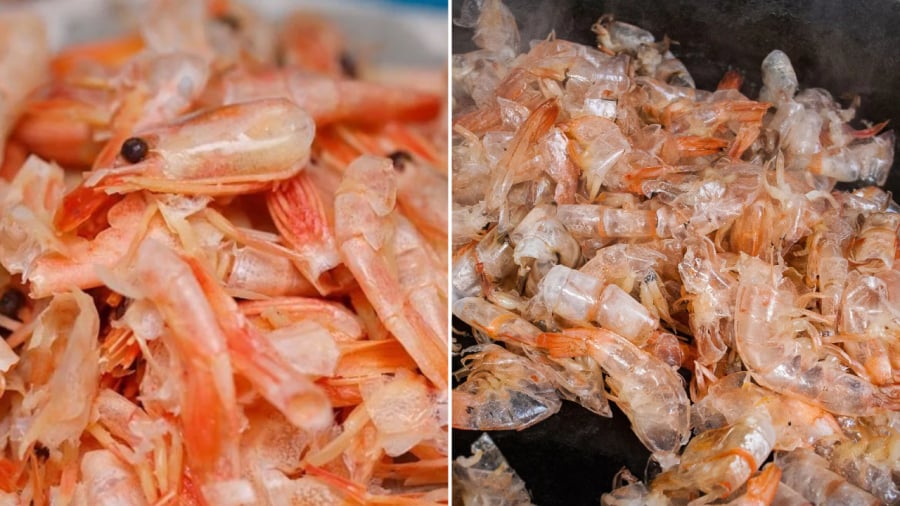
This article provides an evidence-based overview of the composition of shrimp shells, their actual calcium content, and whether eating them contributes meaningfully to your nutritional intake.
What Are Shrimp Shells Made Of?
Shrimp shells are primarily composed of:
-
Chitin: A fibrous substance forming the structural component of crustacean shells.
-
Protein: Present in small amounts.
-
Minerals: Including calcium carbonate, magnesium, and phosphorus.
Chitin is a natural polymer that is not easily digested by the human body. In industrial processes, it is often converted into chitosan for use in supplements and other applications. However, in its raw form—such as in cooked shrimp shells—chitin passes through the digestive tract largely unchanged.
Do Shrimp Shells Contain Calcium?
Shrimp shells do contain calcium carbonate, a compound that includes calcium. However, the actual amount of bioavailable calcium—meaning the calcium that your body can absorb and use—is quite low when shrimp shells are consumed in whole form.
Studies show that while calcium is present in the shell, it is bound within the chitin structure, which the human digestive system cannot efficiently break down. As a result, most of the calcium from shrimp shells is not absorbed and is instead excreted.
Calcium Content: Comparison with Other Sources
To put things into perspective:
-
100 grams of cooked shrimp shells may contain around 100–200 mg of calcium, depending on processing and species.
-
In contrast, 100 grams of milk contains approximately 120 mg of calcium, and the calcium from dairy is highly bioavailable.
-
Leafy greens, tofu, and fortified cereals also provide more absorbable calcium than shrimp shells.
Therefore, while shrimp shells technically contain calcium, they are not a reliable source of the nutrient from a dietary standpoint.
Potential Risks of Eating Shrimp Shells
-
Digestive Discomfort
The tough texture of shrimp shells makes them difficult to digest. Consuming them in large amounts can lead to gastrointestinal issues such as bloating, indigestion, or constipation. -
Choking Hazard
Especially for children or older adults, hard shrimp shells can pose a risk of choking or damaging the throat lining if not chewed thoroughly. -
Contaminant Risk
Shrimp shells may retain residues from the aquatic environment, including heavy metals or pollutants, especially if the shrimp were farmed or harvested from contaminated waters.
When Is It Safe to Eat Shrimp Shells?
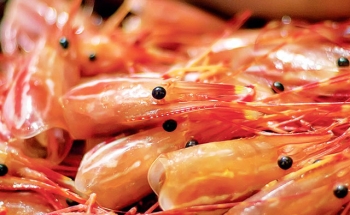
Some culinary traditions incorporate whole shrimp—shells included—into deep-fried or roasted dishes where the shell becomes crispy and more palatable. In such preparations, eating the shell is generally considered safe if consumed in small amounts.
However, the purpose is typically for flavor and texture—not for nutritional supplementation. Eating shrimp shells for calcium is not supported by scientific evidence as an effective or safe method of increasing calcium intake.
Better Dietary Sources of Calcium
For individuals seeking to improve their calcium levels, the following options are more effective and safer:
-
Dairy products (milk, cheese, yogurt)
-
Fortified plant-based milk (soy, almond, oat)
-
Leafy greens (kale, bok choy, spinach)
-
Tofu
-
Canned fish with soft, edible bones (sardines, salmon)
-
Calcium-fortified cereals and juices
These sources provide calcium in forms that the body can absorb and utilize more efficiently.
Conclusion
The belief that shrimp shells are a rich and effective source of dietary calcium is a misconception. While calcium is indeed present in shrimp shells, it is mostly locked within chitin and is not readily absorbed by the human body. In addition, consuming large quantities of shrimp shells may lead to digestive discomfort and other risks.
For individuals aiming to increase their calcium intake for bone health or nutritional reasons, it is advisable to rely on more established and bioavailable sources. Shrimp remains a nutritious food, but its shells should not be considered a calcium supplement.
News in the same category


4 things you do in the morning that bring you closer to a str.oke

Garlic Is Healthy for Most But for These 4 Groups of People, It Can Be Dangerously Toxic

Snakes Don’t Fear Humans—But These 6 Animals Terrify Them
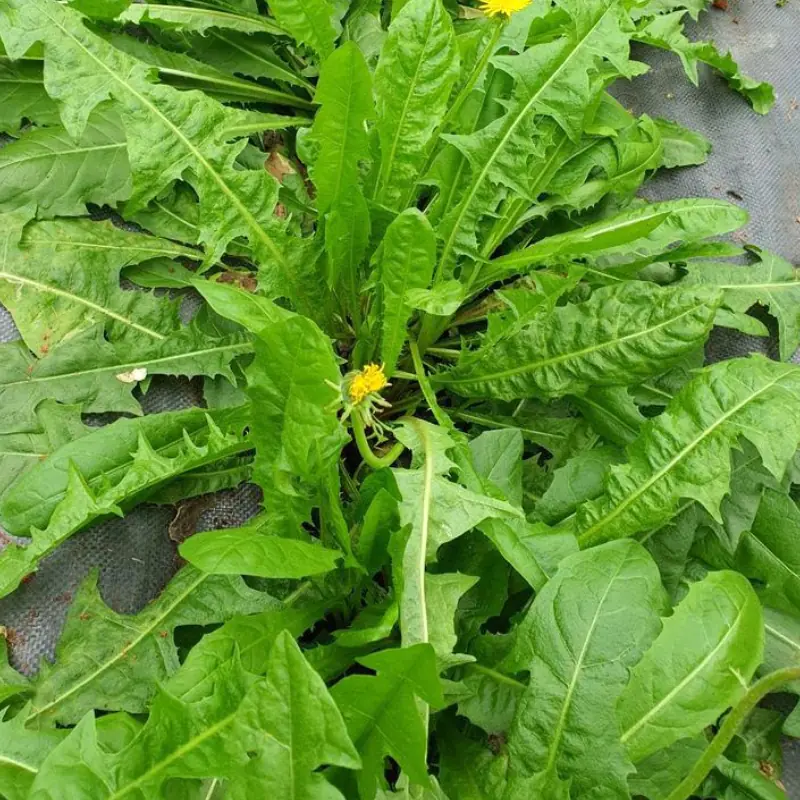
More Nutritious Than Meat and as Valuable as Ginseng
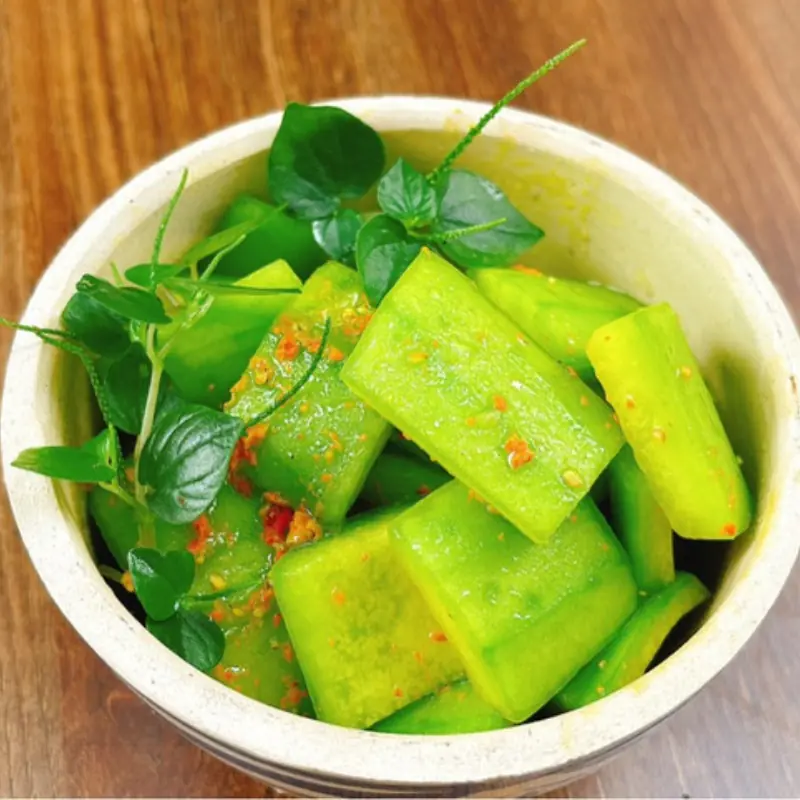
This Fruit Is the 'King of Digestion'
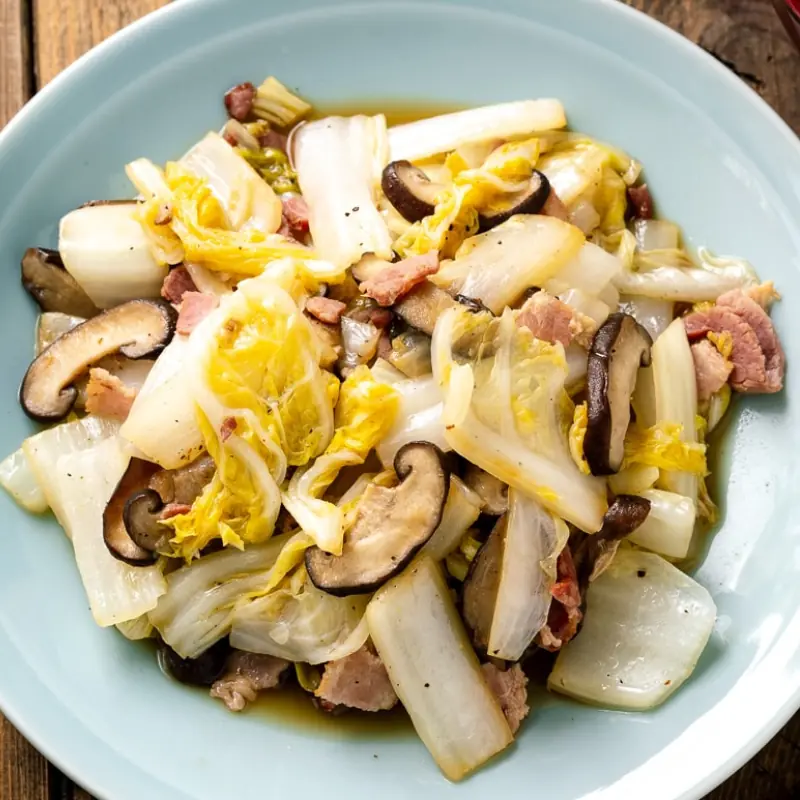
This Vegetable Is Known in China as a ‘Liver-Boosting Remedy’

These 3 Cooking Oils Could Trigger Cancer Cell Growth and Damage Your Organs
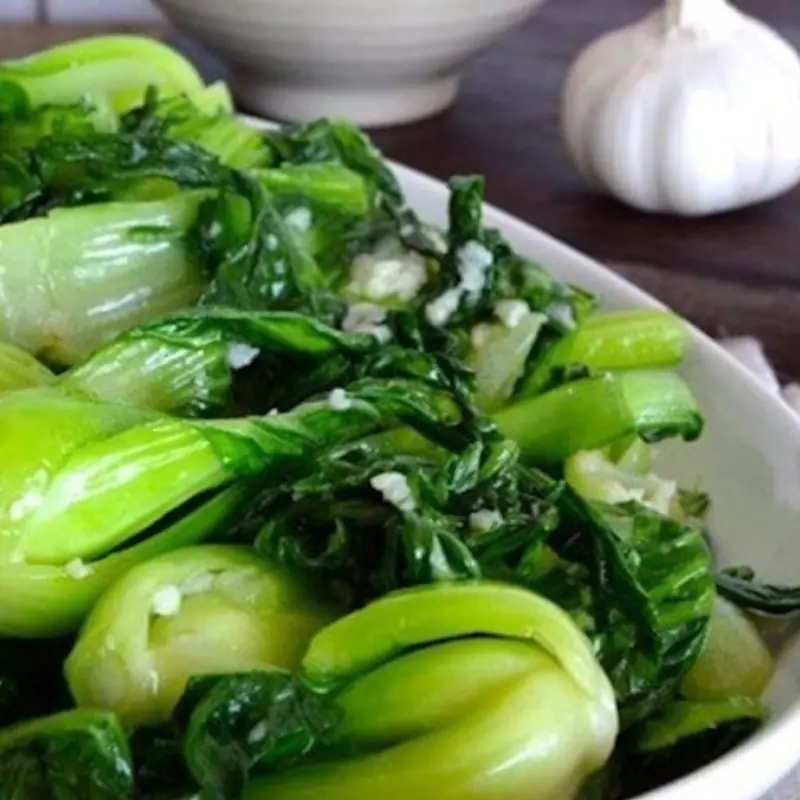
Warning: 4 Types of Food You Should Never Reheat
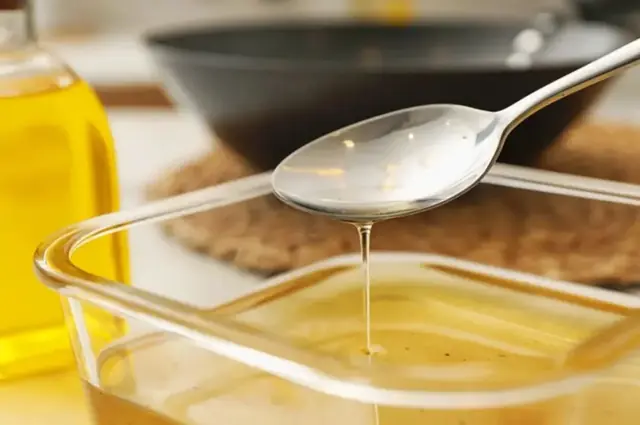
4 Kitchen Foods You Think Never Expire—But It’s Time to Toss Them Out!
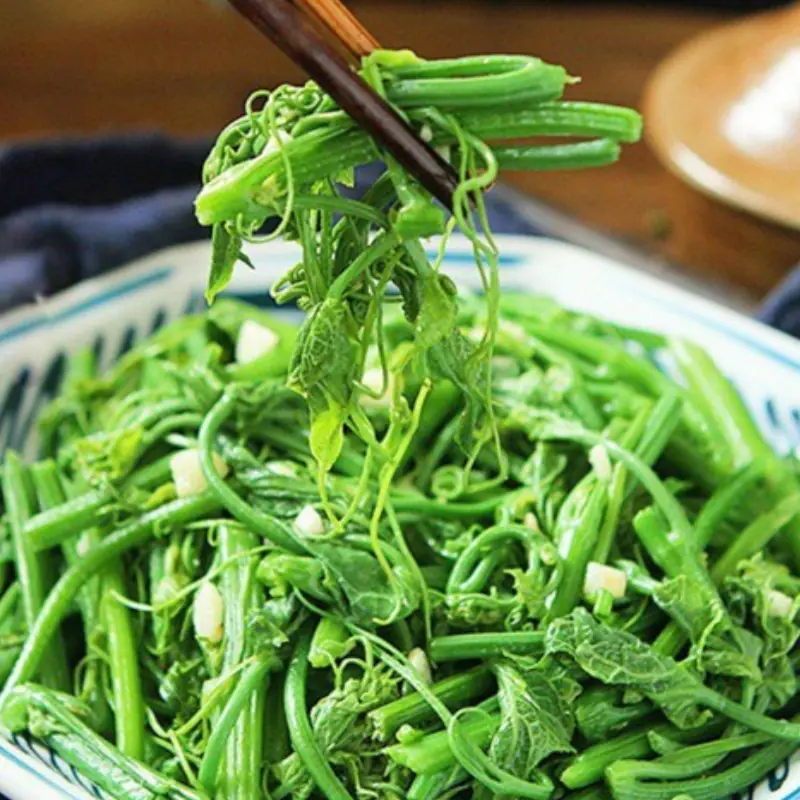
There’s a Vegetable Richer in Iron Than Beef
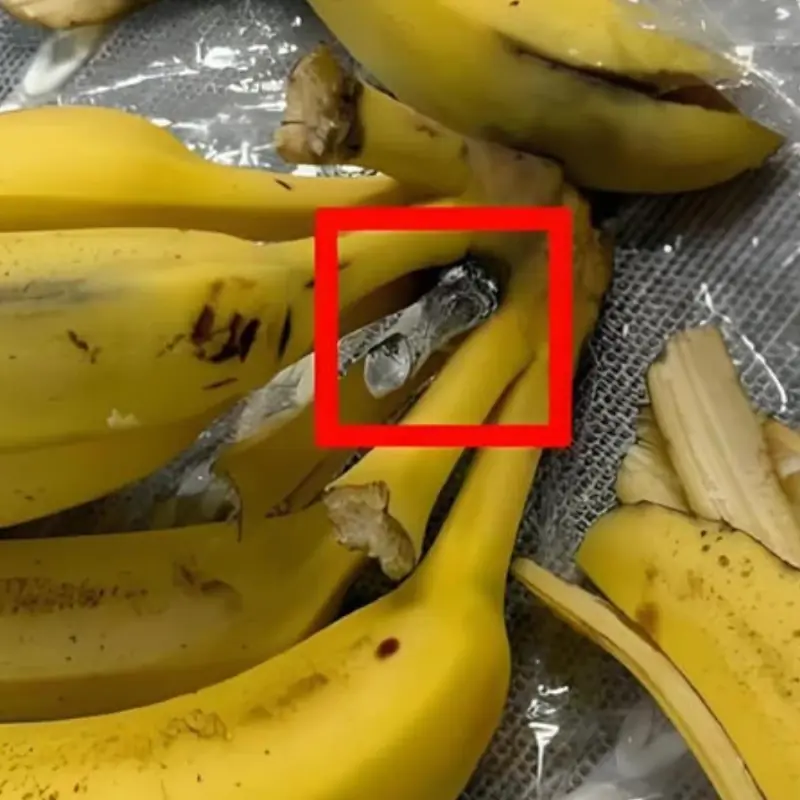
If You See These 4 Types, Walk Away Immediately No Hesitation
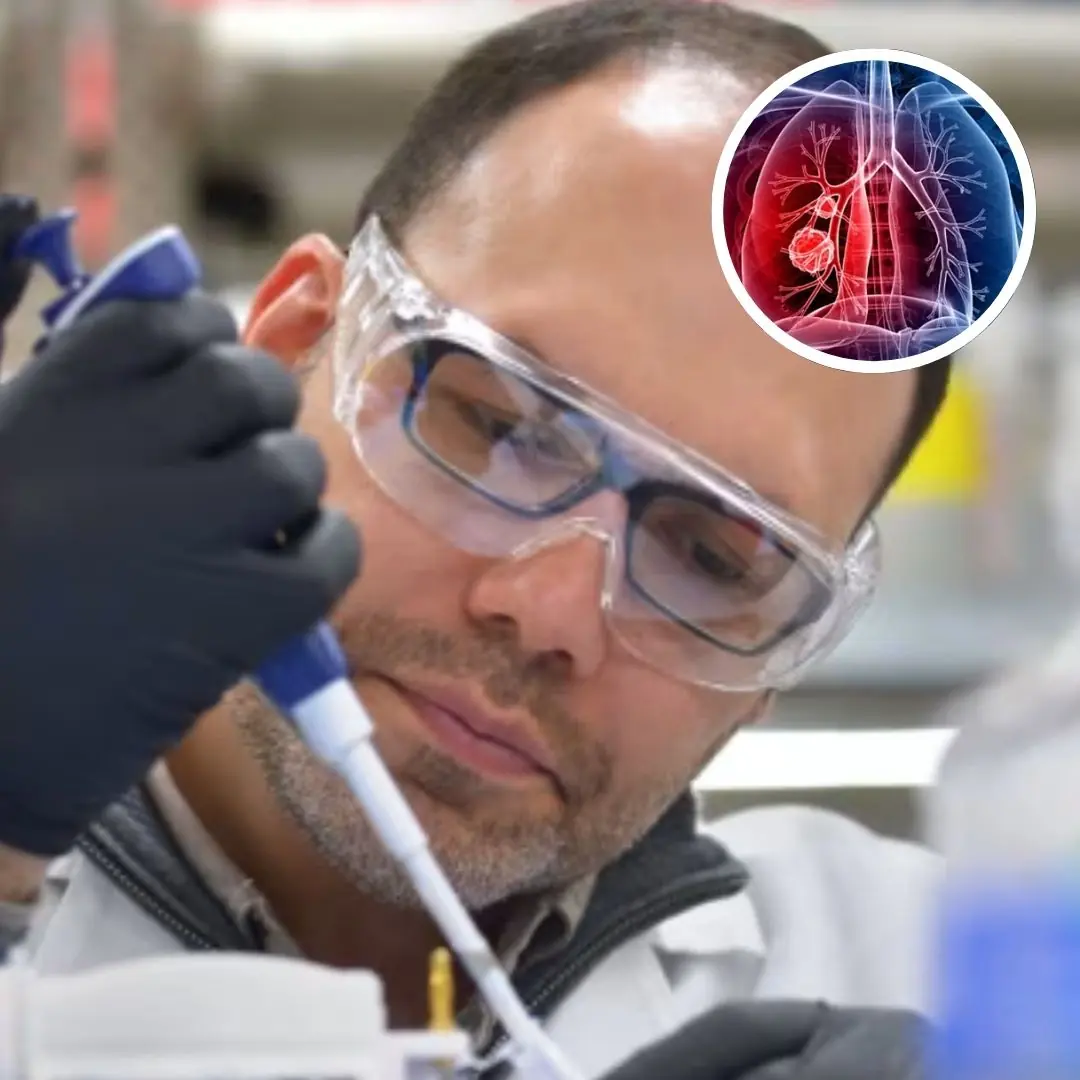
US approves 'guided missile' drug to treat lung c.a.n.cer
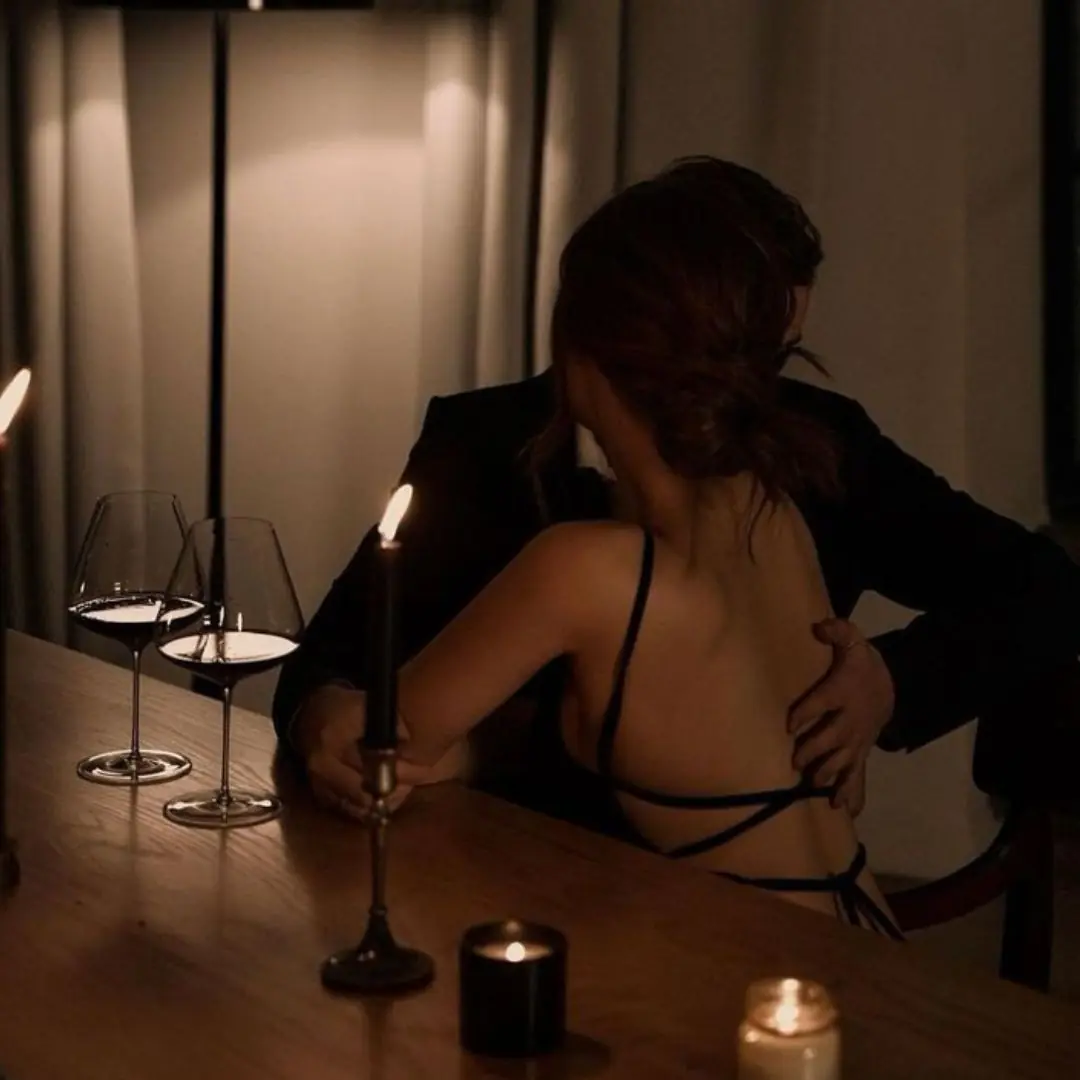
When I discovered the truth, I was left speechless and heartbroken

Why You Should Never Use Wastewater to Flush the Toilet

There Are Two "Golden Times" in the Day to Eat Sweet Potatoes
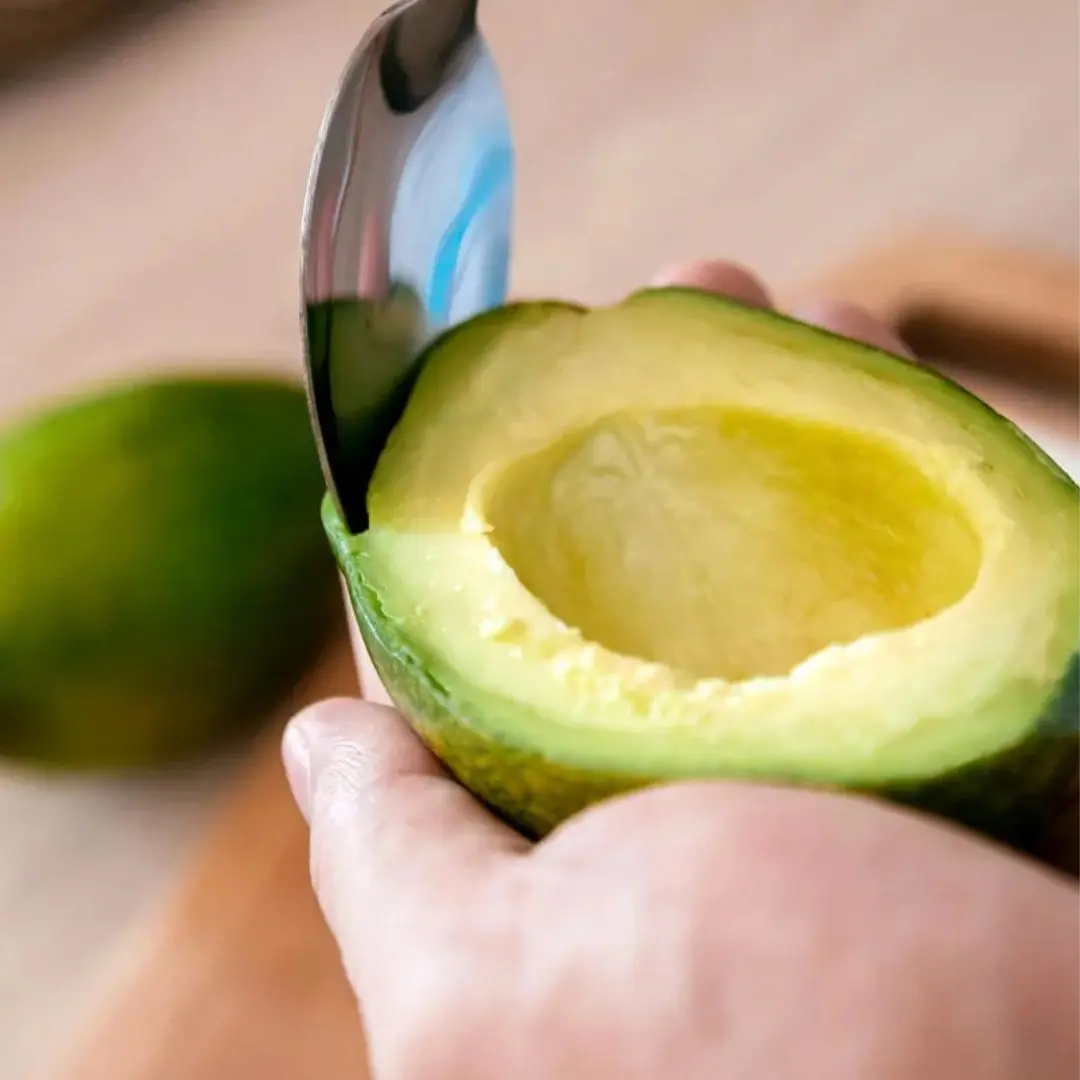
Why you should NEVER eat more than half an avocado in a single day
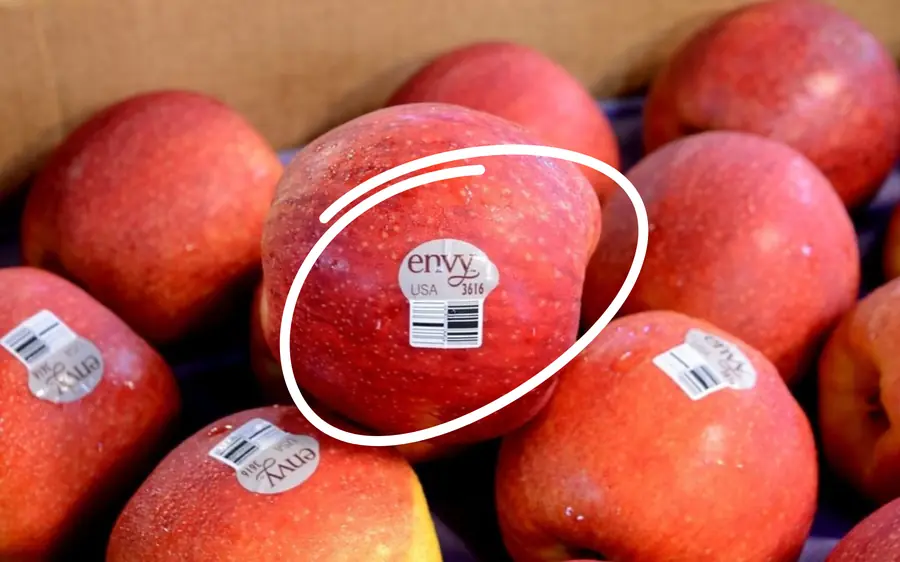
The “Strange” Number on Imported Fruit Stickers
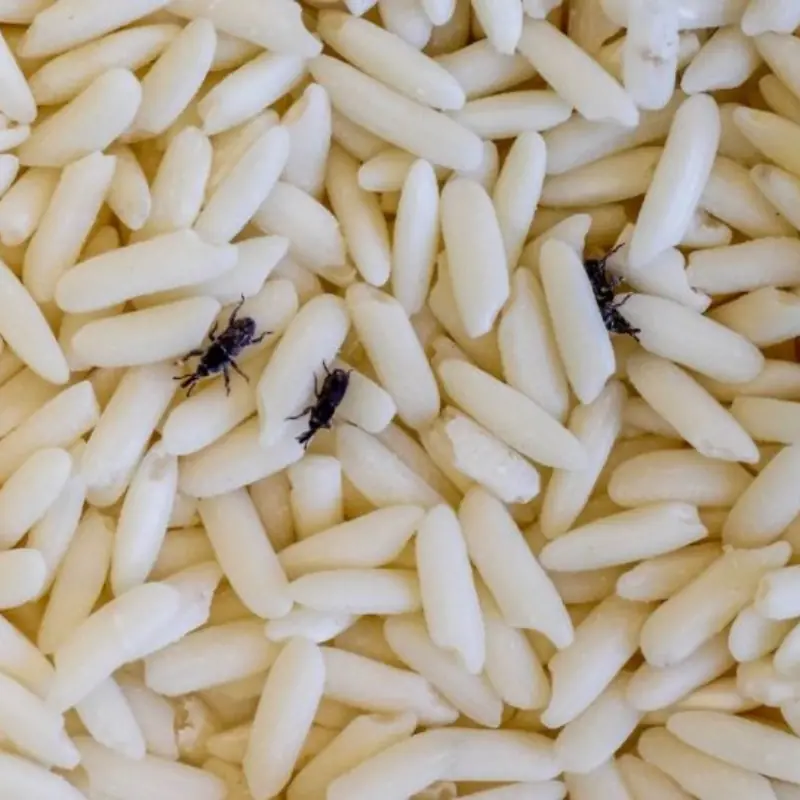
Rice Often Gets Infested with Weevils
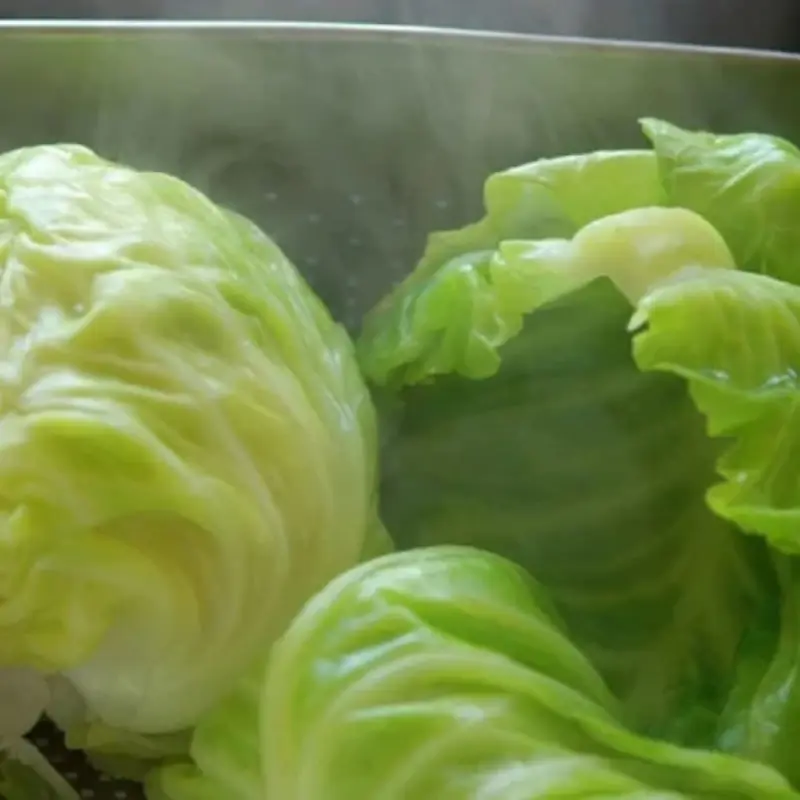
The So-Called "King of Chemical-Laden Veggies"
News Post
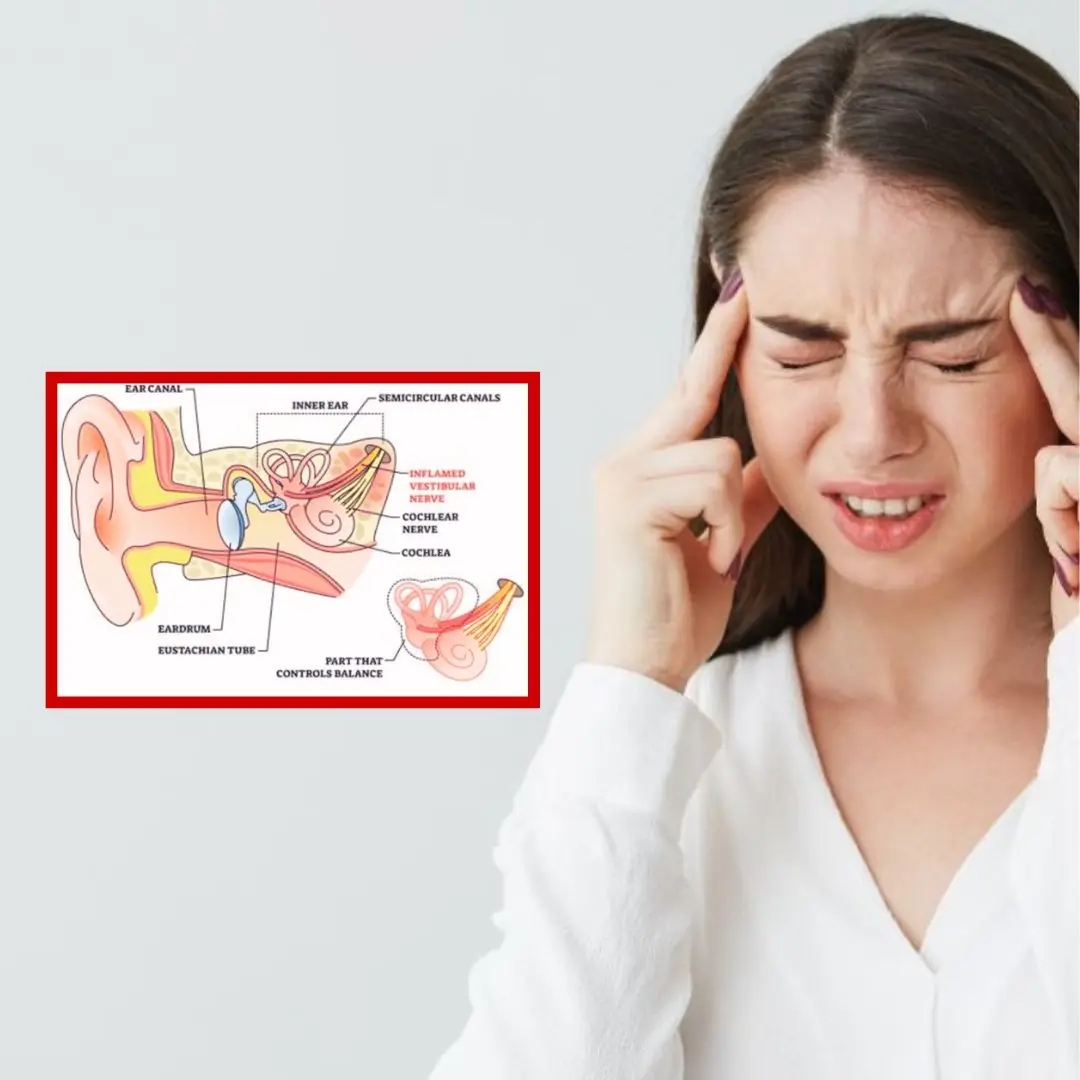
Understanding Vestibular Disorders: Causes, Symptoms, and How They're Treated

Symptoms of end stage kidney can,cer

20 Signs of Can.cer That Women Often Ignore

4 best vegetables to help prevent canc.er

Summer, how to choose the right naturally sweet ripe watermelon: No need to type, just look at one spot and you'll know right away
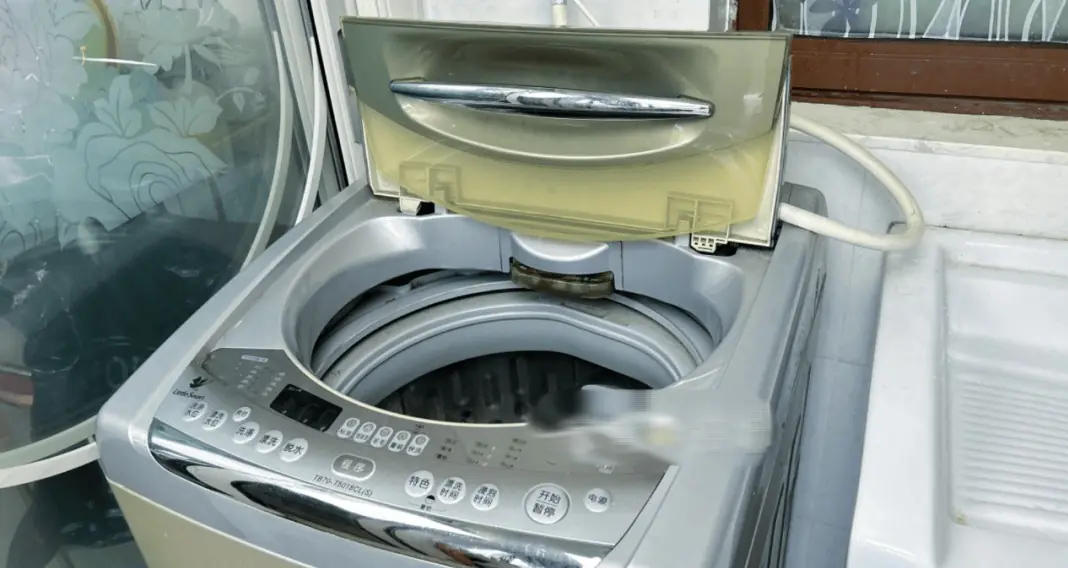
2 "hidden corners" of the washing machine that make clothes dirtier the more you wash them, 90% of people don't know
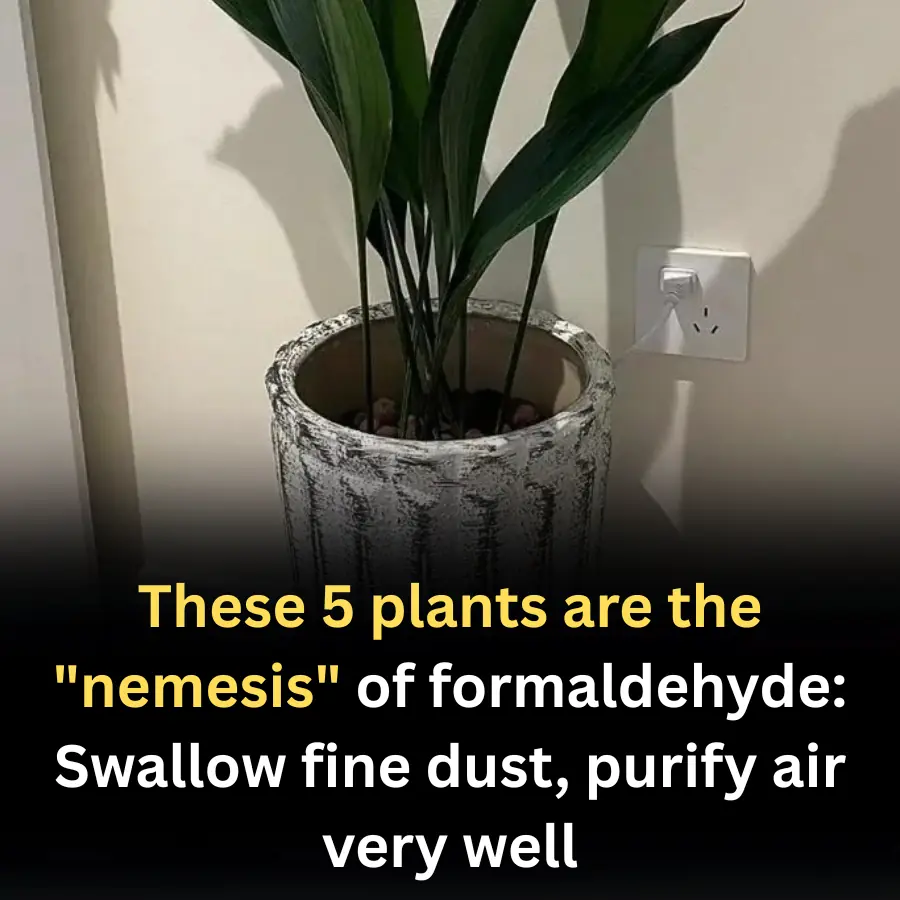
These 5 plants are the "nemesis" of formaldehyde: Swallow fine dust, purify air very well
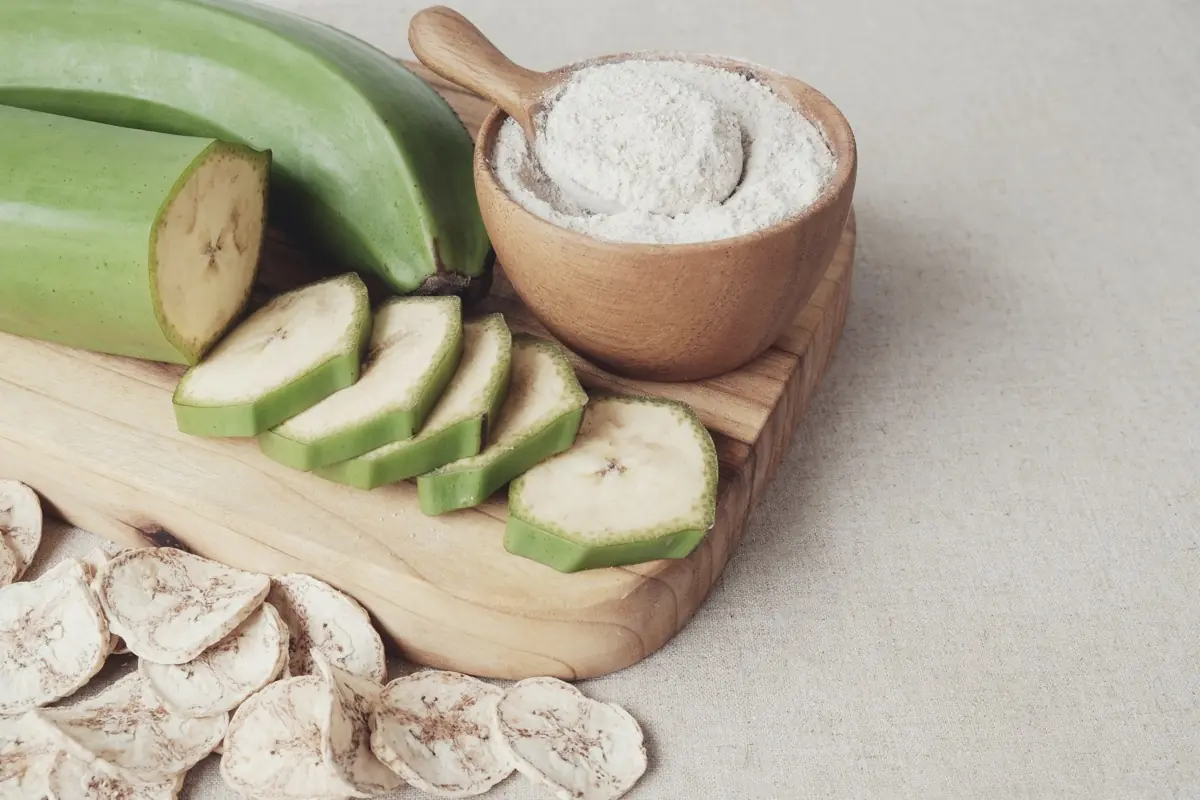
This fruit is extremely high in starch but helps reduce blood sugar and prevent 5 types of can.cer

4 things you do in the morning that bring you closer to a str.oke

These 3 “Frugal” Habits Are Actually Selling Out Your Health

Garlic Is Healthy for Most But for These 4 Groups of People, It Can Be Dangerously Toxic
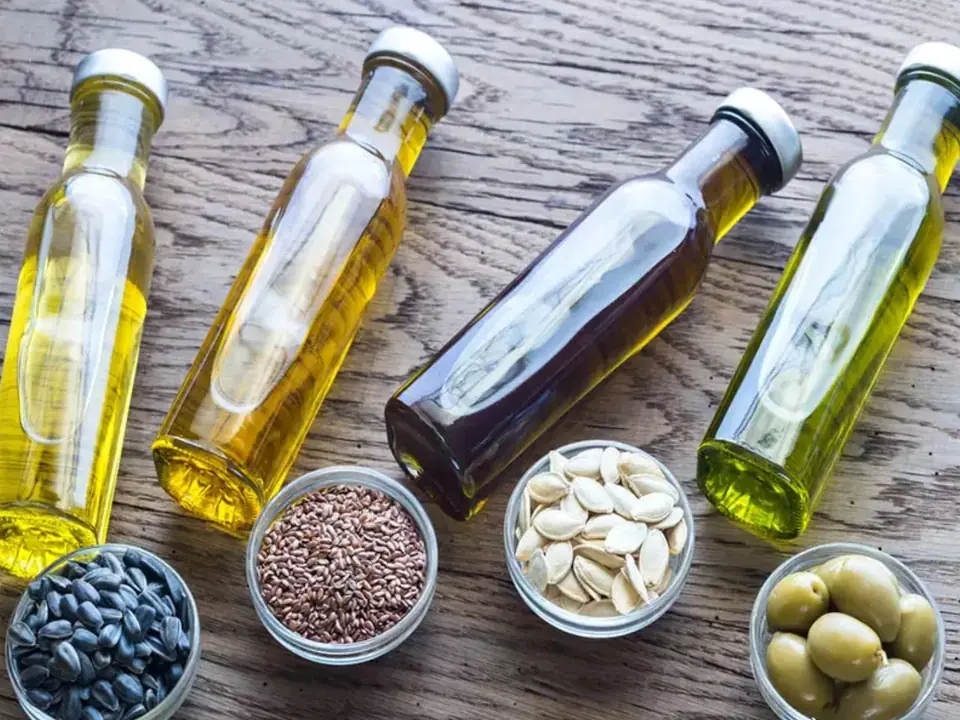
Types of cooking oils that are good for the heart
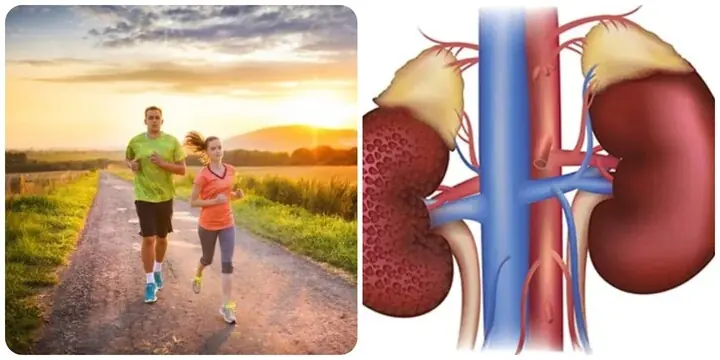
8 habits to keep your kidneys healthy

Snakes Don’t Fear Humans—But These 6 Animals Terrify Them
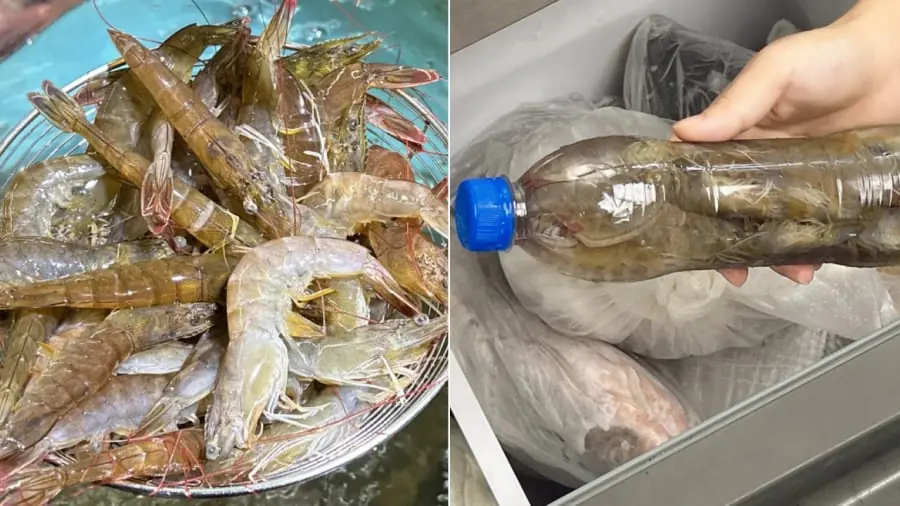
3 Smart Tips to Keep Shrimp Fresh for a Year—Still Firm, Sweet, and Delicious

4 taboos when defrosting food, know and avoid "inviting disaster"
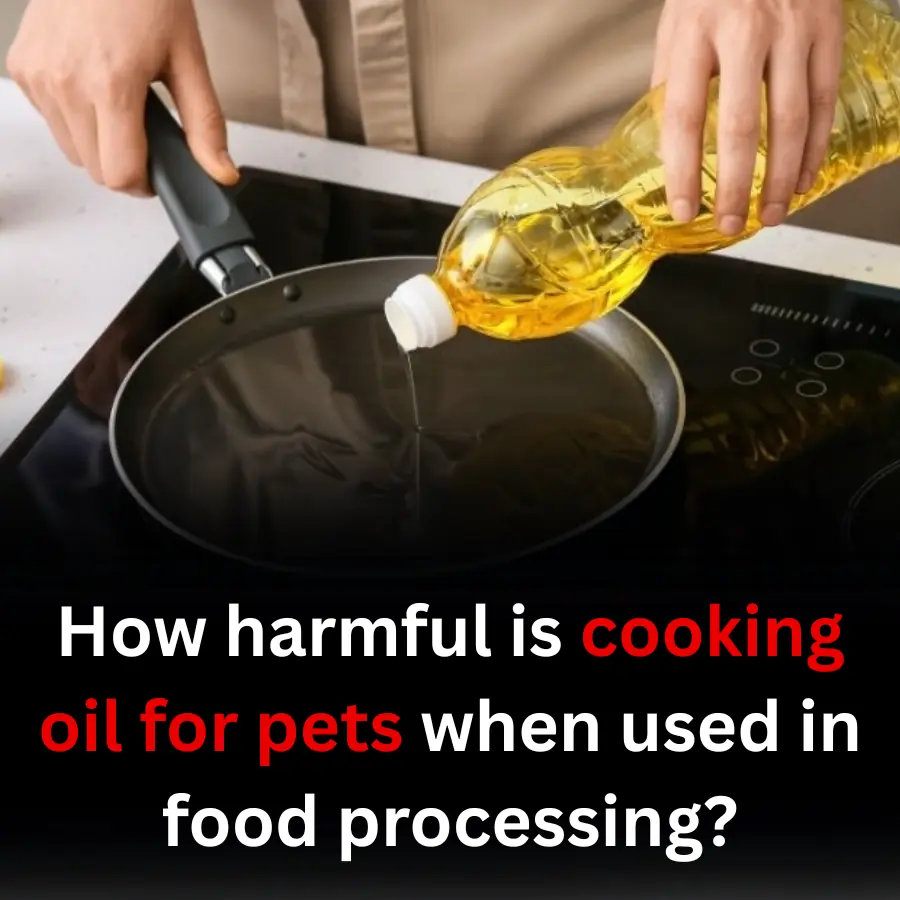
How harmful is cooking oil for pets when used in food processing?
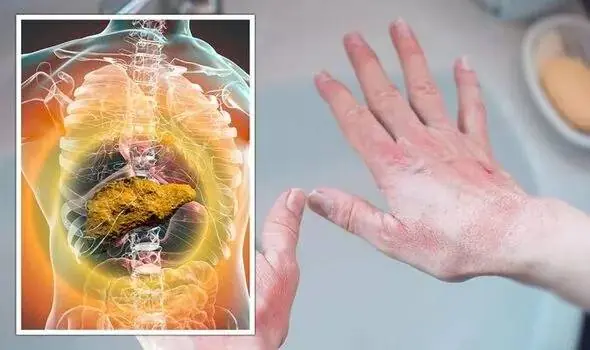
When Your Li.ver Is “Drenched” in Fat, Your Body Sends 5 Nighttime Warnings

Man Diagnosed with Kid.ney Failure from 3 "Tasty" Foods
